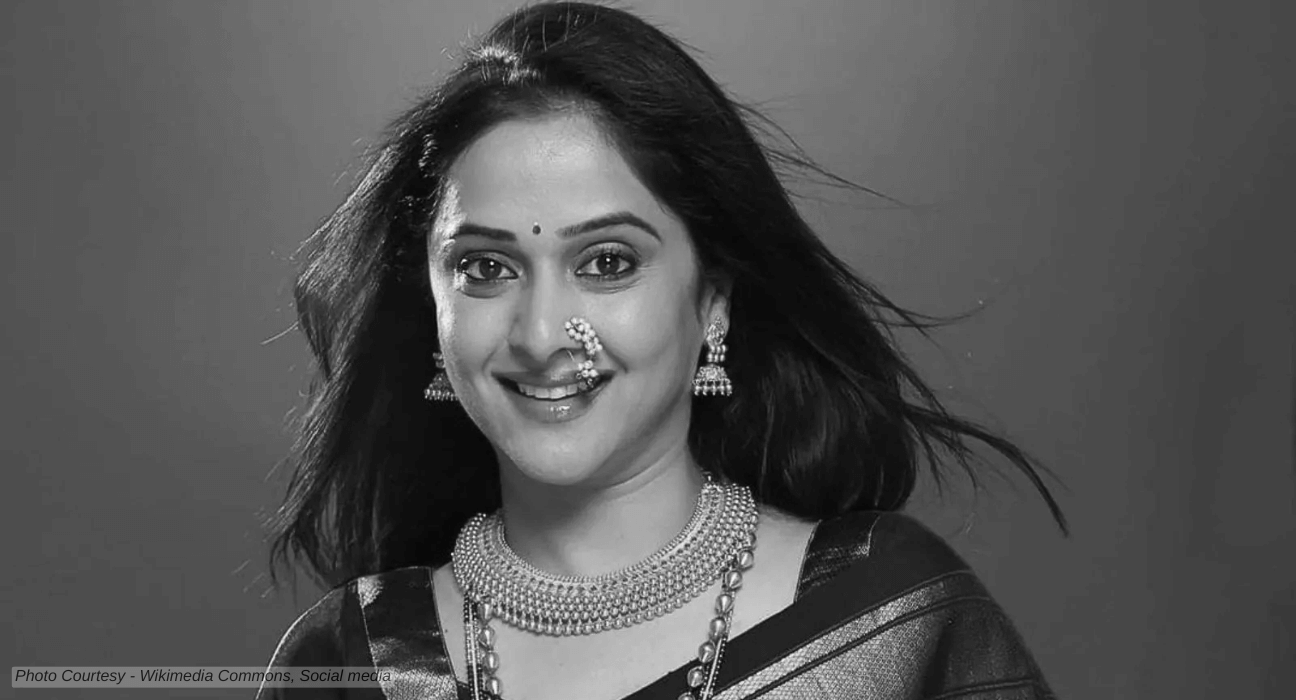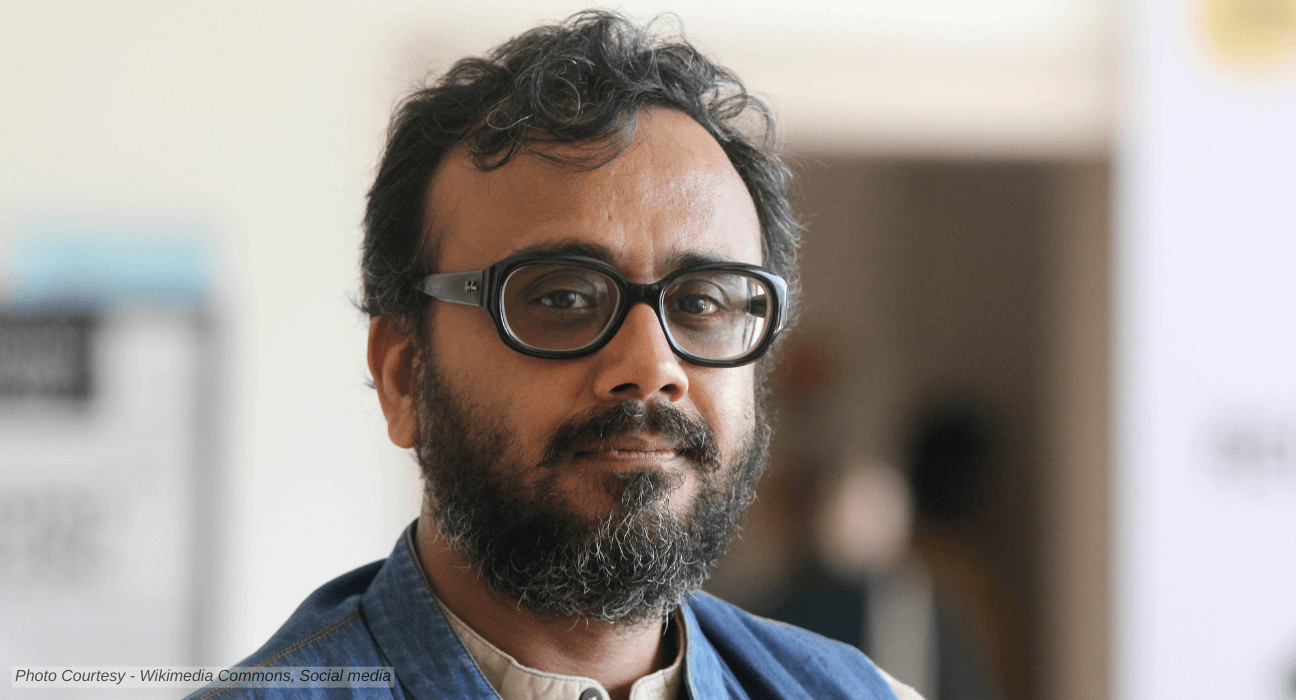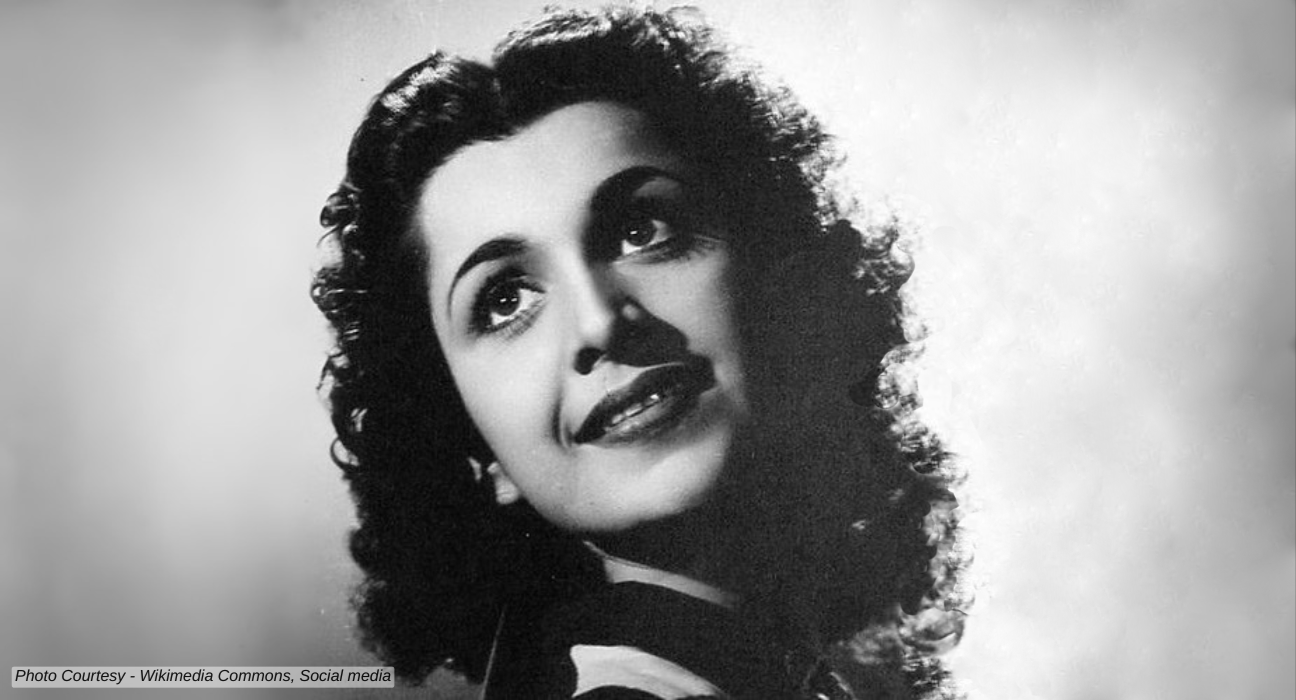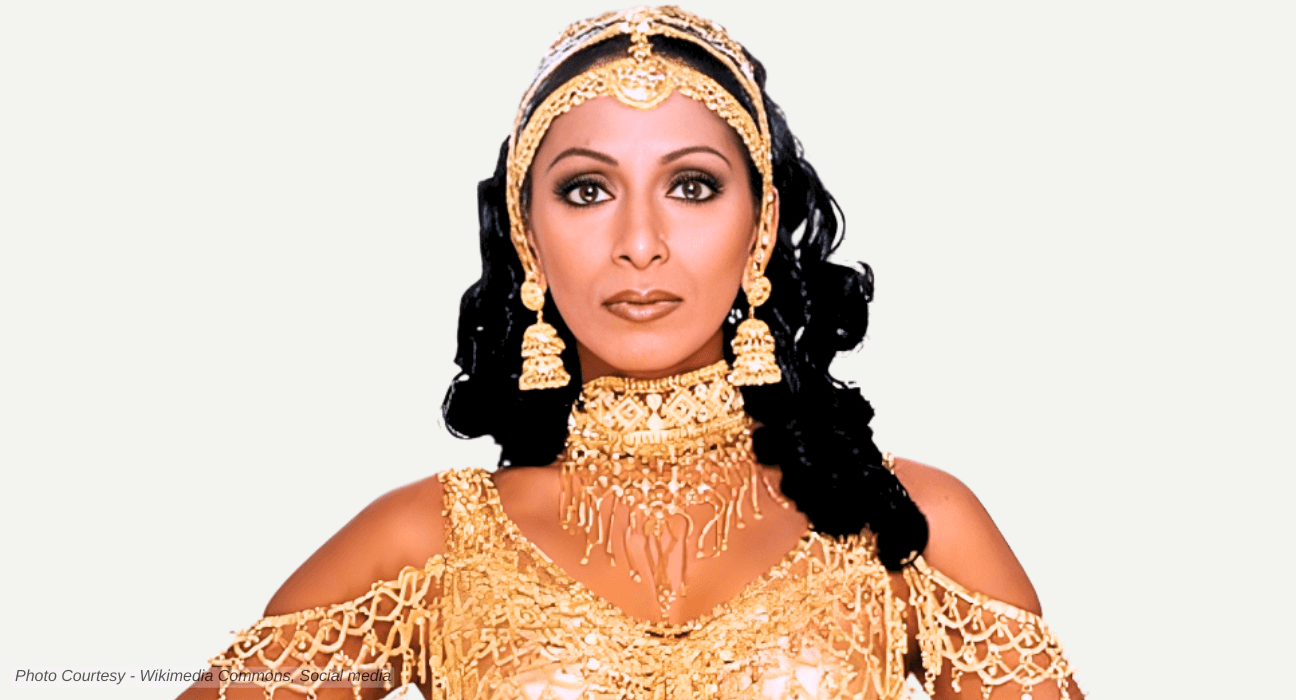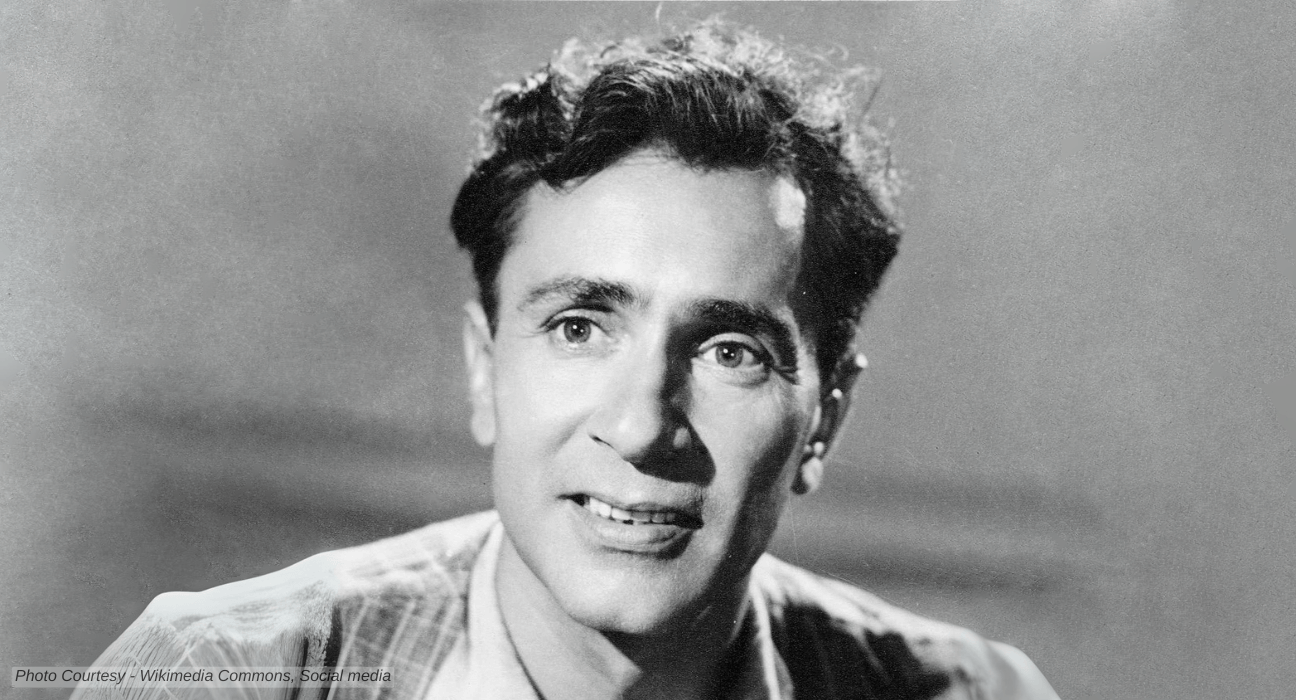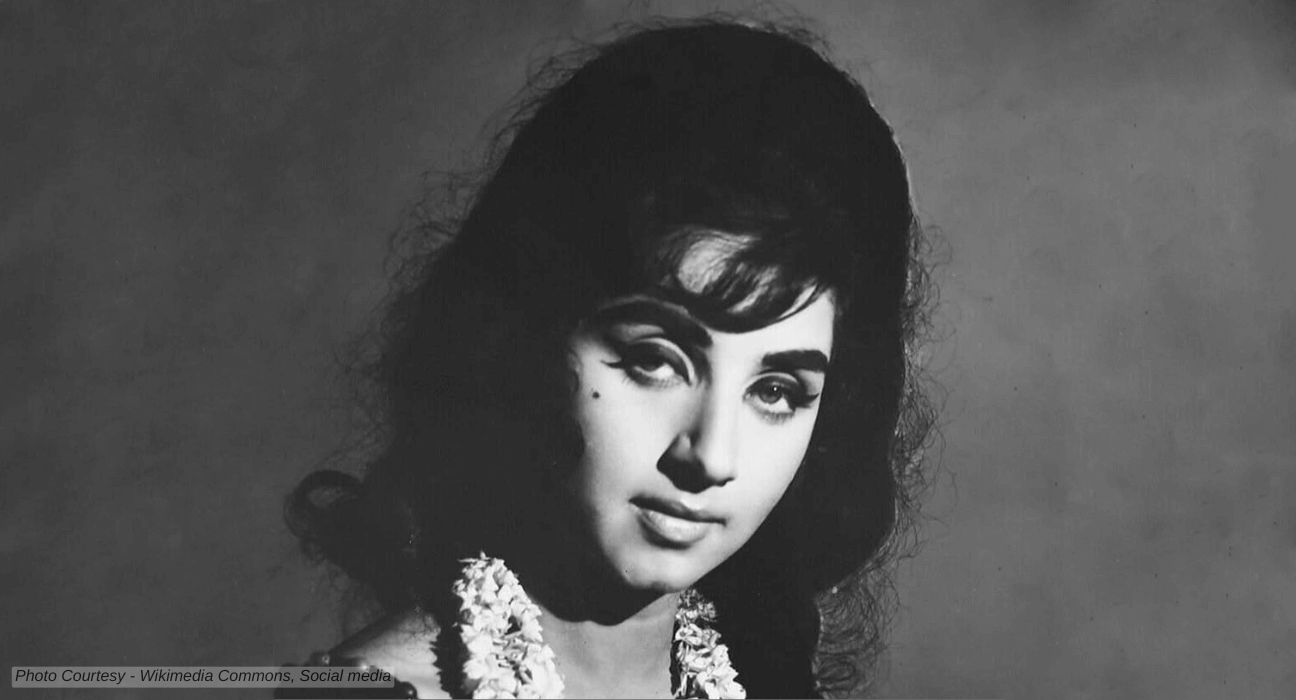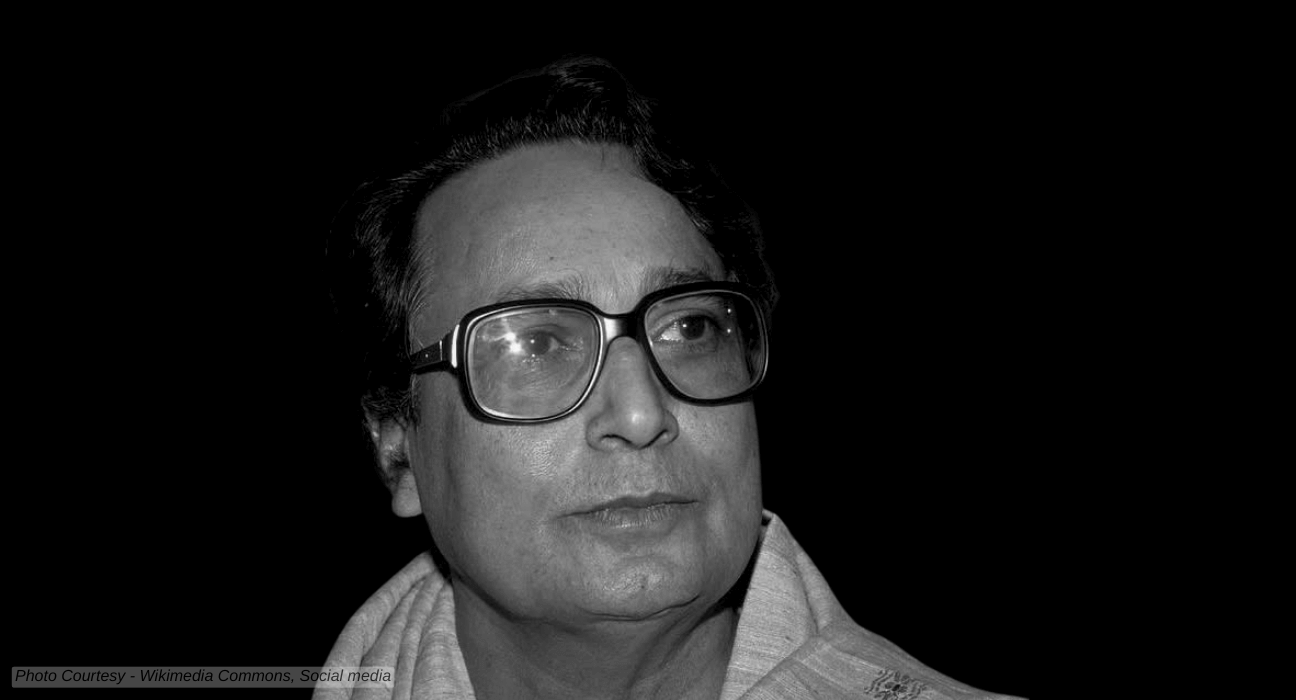Mrinal Kulkarni
One of the most beautiful actresses in Indian TV and films, Mrinal Kulkarni, is best remembered as Vicco Girl. Some of her iconic roles came in “Shrikant (1987),” “Swami (1988),” “The Great Maratha (1994),” “Mirabai (2009),” and “Son Pari (2000).” Early Life Mrinal Kulkarni was born on June 21, 1971, in Pune, Maharashtra. Mrinal was


